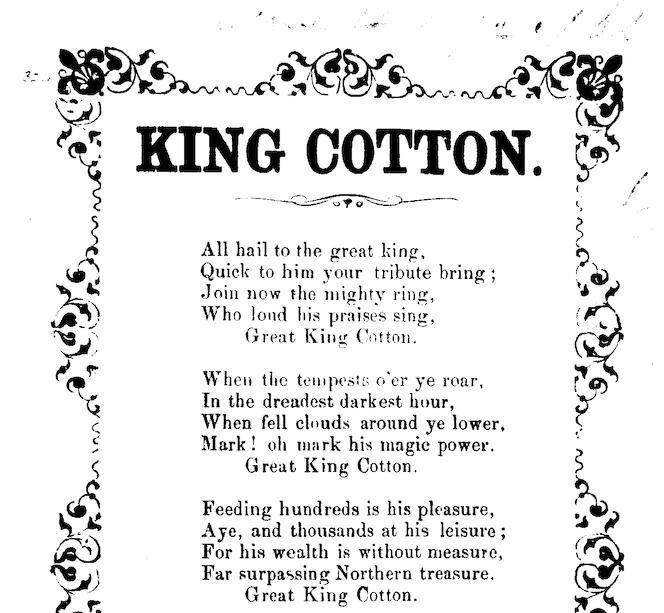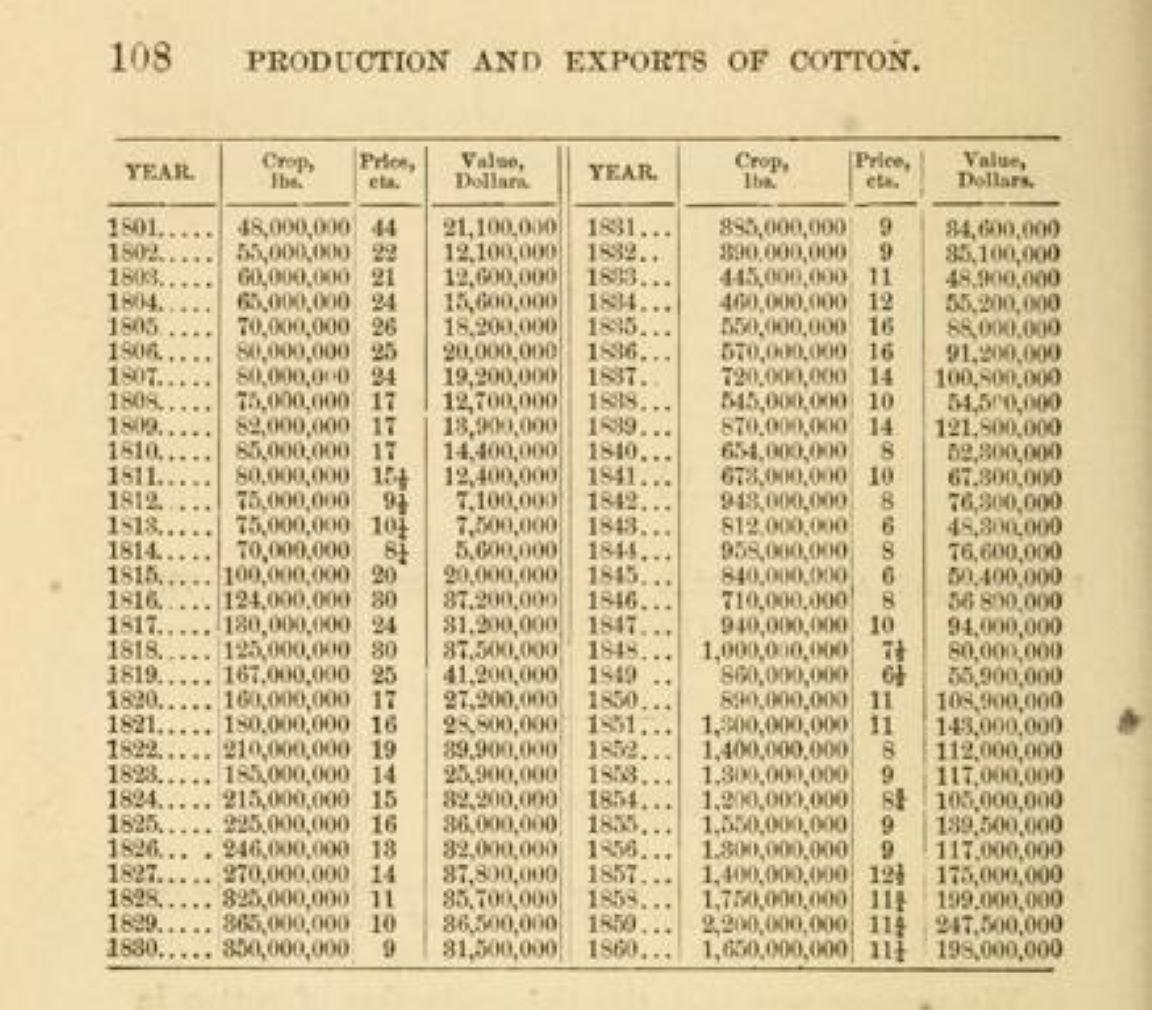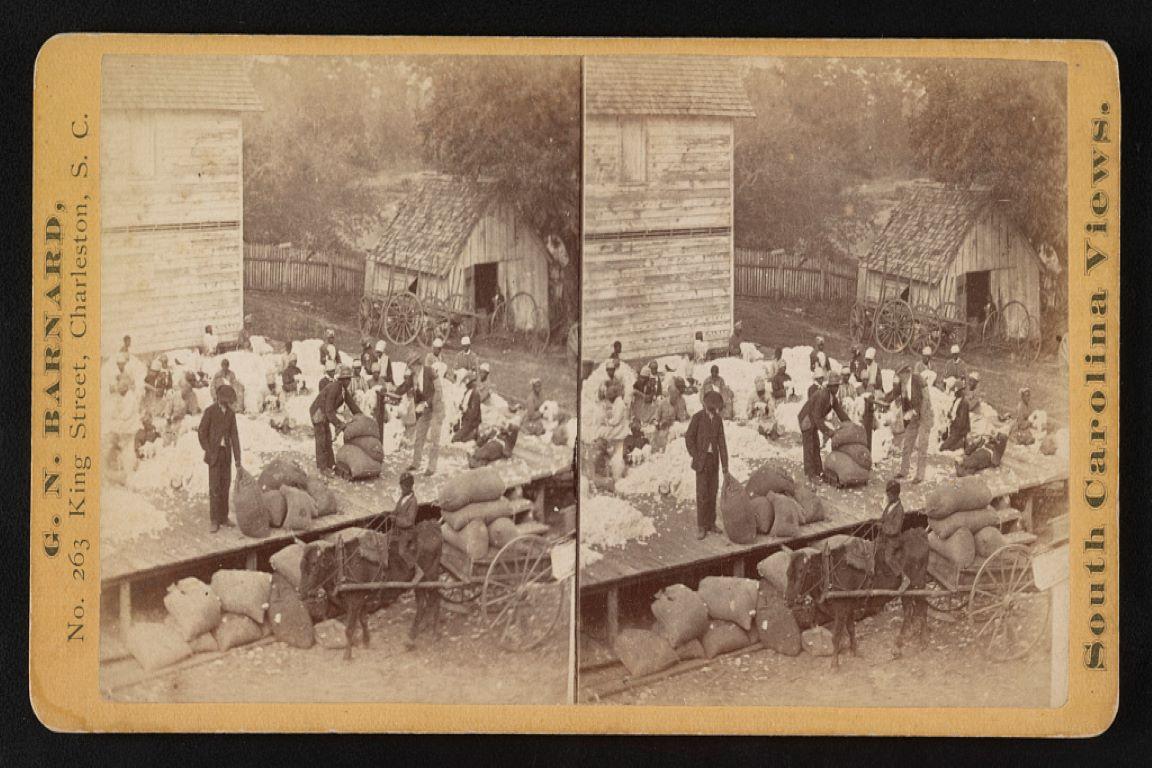Slave traders began to buy enslaved people in Maryland's eastern shore to take down to the Deep South. Harriet Tubman witnessed her older sisters being dragged away in chains, a memory that she would carry for the rest of her life. This module examines the economic and political importance of cotton production and the grueling impact it had on enslaved people. Students will analyze primary sources from the era, and consider discussion prompts for more dialogue and deeper reflection.
Essential Question: How did the rapid growth of the cotton industry impact enslaved people in Maryland and their families?
Thinking Questions:
- Why did so many enslavers in border states like Maryland and Delaware sell their enslaved laborers to the Deep South?
- Why were young, enslaved women between the ages of 16 and 24 the most valuable at sale?
- Do you think that the increase in demand for enslaved labor in the South influenced Harriet Tubman to escape? Why or why not?
- How did Harriet Tubman’s circumstances influence her decisions and actions?









